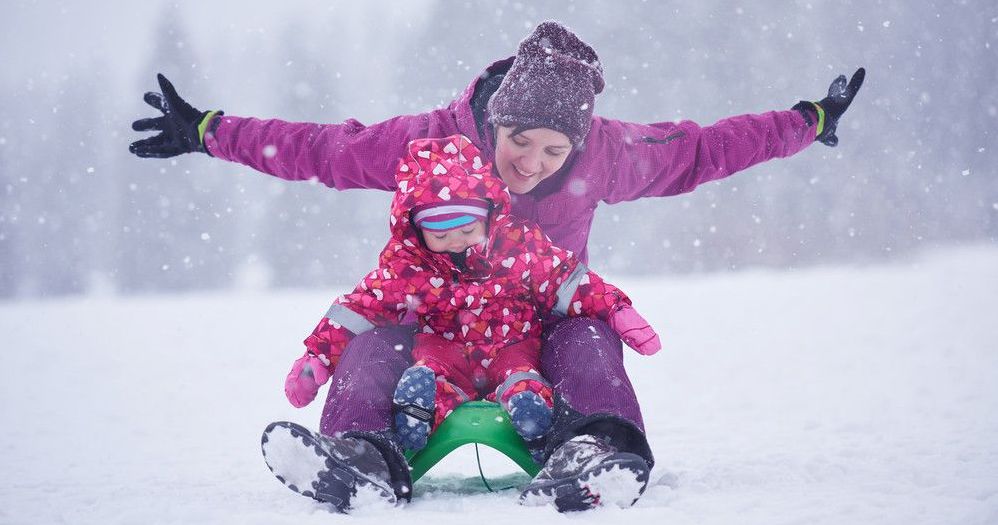With some of the harshest winter conditions imaginable, Canada can be a tough place to be sometimes. Fortunately, using these tips will help you and your family stay warm and safe in this unpredictable climate. These tips can help you upgrade your home to survive the winter and keep your family comfortable.
1. Install Proper Insulation
Proper insulation is key to keeping your home warm during the winter. Make sure that your walls and attic have proper insulation, as well as any doors or windows. This will help keep the cold air out and the warm air in. Installing proper insulation can help reduce your monthly energy bills by keeping most of the warmth inside.
Some places to add insulation include your attic, walls, floors, and even your basement. In addition, you might also be able to properly insulate your windows with fabric curtains. Certain fabrics, like blackout curtains block between 94% and 96% of visible light. They can also absorb heat and dissipate it later in the room.
2. Seal Cracks in Doors and Windows
Even the small cracks around doors and windows can let out warm air and let in cold air. Make sure to inspect your windows and doors for any cracks or gaps that need to be filled. Caulk is a great material for sealing up small cracks around windows, doors, and other areas of your home. If you're having trouble with cold drafts coming in, try using weatherstripping around the edges of your windows and doors. This will help prevent warm air from escaping and keep the cold air out.
3. Inspect Your HVAC System
Make sure to have your HVAC system inspected and serviced at the start of each winter season. This will help ensure that it's running properly and efficiently. You can also upgrade your heating system with a programmable thermostat. This will help you save money on energy bills by controlling the temperature during off-peak hours.
4. Get Rid of Standing Water
Mosquitoes spread more diseases than any other type of insect and lead to millions of deaths and illnesses. One of the things that attract mosquitoes the most is standing water. During the winter, make sure to keep the area around your home free from standing water by emptying out any buckets and other items that can hold water.
5. Check the Weather Forecast
Canadian weather can be unpredictable and dangerous, so it's important to stay up-to-date on the latest weather forecasts and prepare accordingly. Regularly check the weather forecast so you can plan your day around it, as well as be aware of any potential storms or extreme weather conditions.
6. Wear the Right Clothing
Canadian winters can be very cold, so it's important to dress in layers of clothing that will keep you warm and dry. Choose fabrics such as wool, fleece, or down-filled items that will help keep you warm and insulated. Wear waterproof boots with good grip to prevent slipping on icy surfaces, as well as hats and scarves that will keep you warm.
7. Make Sure Your Home is Well Stocked
When preparing for a Canadian winter, it's important to make sure your home is stocked with items that can protect you, your family, and your homestead. For instance, straw mulch can last between three to six months. However, these items you stock should be stored in a dry place in your home, such as a closet or basement, to prevent any water damage.
Use these tips for surviving Canadian winters and make sure to keep your family safe and warm! Stay prepared and informed, and enjoy the winter season.

